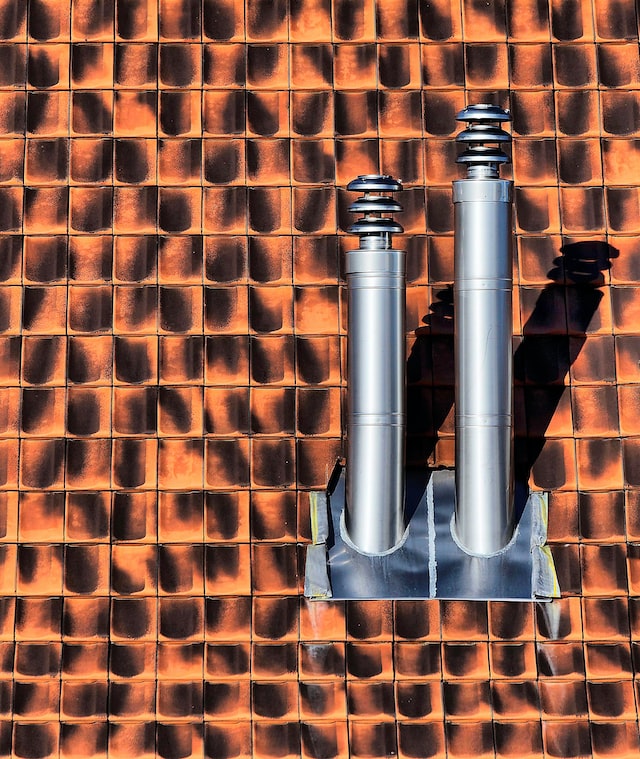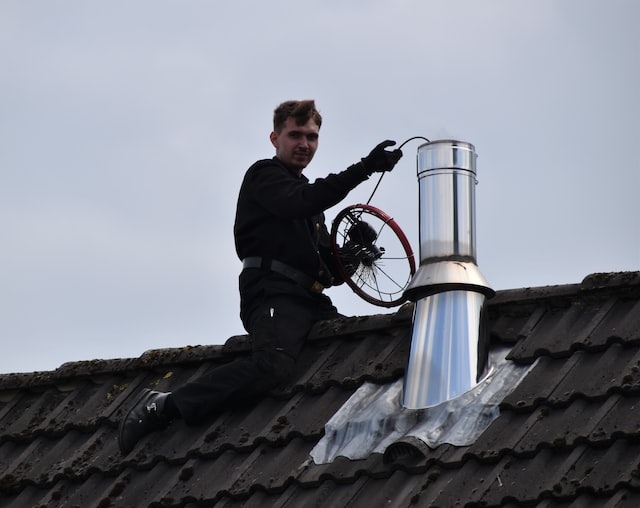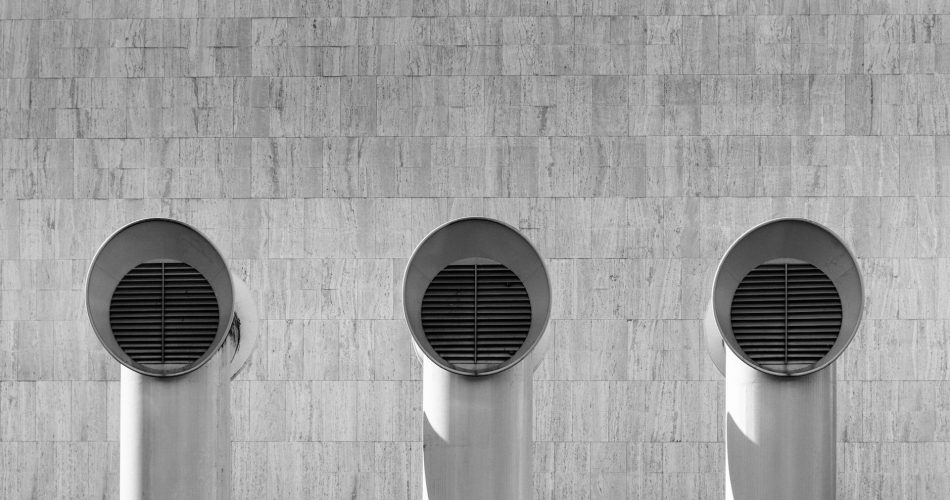If you have a dryer that is installed on a roof, then you need to know how to clean the vent. You don’t want to have a fire or other issues occur because you did not properly clean the vent. There are a number of reasons why you should consider getting your dryer’s vent professionally cleaned. It can help you prevent potential dryer fires and other issues, and will also save you money on your utility bill.
Cleaning a dirty dryer vent
Cleaning a dirty dryer vent on roof can be a tedious task. A clogged vent can lead to unsafe fire hazards. In addition, lint can get into the ductwork and trap moisture. If left unchecked, lint can breed bacteria and microorganisms.

Photo by Ricardo Gomez Angel on Unsplash
You can clean the ductwork by using a brush or a vacuum. However, if you’re a beginner, it may be better to leave this job to a professional.
To start the cleaning process, you’ll need to disconnect your dryer from the wall. Then, you can clean the entire length of the vent. Use a vacuum to remove any remaining lint and debris.
Once you’ve done this, you’ll need to remove the guard. If the guard has plastic rods, you can detach these to clean them. Alternatively, you can use duct tape to hold the rods together.
Next, you’ll need to remove the flex vent. There’s also an option to remove the hose and use a vacuum.
Symptoms of a dirty dryer vent
Many homeowners know that a dirty dryer vent can lead to fires. However, they may not know that it is a good idea to clean it at least once a year. Here are some of the signs you need to look for.
If your clothes are taking longer than usual to dry, it may be a sign that your dryer needs a good cleaning. It is also a good idea to check your air flow. This is particularly important for those with allergies.
A clogged or dirty dryer vent can also cause burnt smells when your clothes are drying. Lint is also very flammable, and it can get caught inside the hose or in your dryer.
The most important symptom of a clogged dryer vent is a hot, steamy or damp laundry. This can be a real problem if you are using a gas dryer. Your utility bill will be much higher, and your clothes will take much longer to dry.
Performing a professional dryer vent clean
Dryer vent cleaning should be done annually. It can help you save energy costs and prolong the life of your clothes dryer. Getting the vent cleaned can also prevent fires.
When it comes to getting the vent cleaned, you should hire a professional. Professional dryer vent cleaners use the proper tools and techniques. You should also find a company with a good reputation. The services offered by these companies should include a consultation. This will allow you to ask questions and learn more about how to clean your dryer vent.

Photo by Waldemar on Unsplash
The cost of getting your dryer vent cleaned will depend on the amount of work it takes. Some companies will offer a flat rate. Others will charge you extra for other services. However, the average cost of cleaning a dryer vent ranges from $125 to $175.
A clogged dryer vent can lead to unsafe conditions and potentially cause a house fire. Lint can build up inside the ductwork, trapping moisture and heat. Once it builds up, it can also breed bacteria and other microorganisms.
Preventing dryer fires
If you have a dryer, it is important to keep it clean. Lint from the vent can get trapped in the exhaust duct and cause a fire. This is a common cause of house fires. Fortunately, you can prevent them by cleaning your dryer vent on a regular basis.
Dryer vents are often found on the roof. These vents are meant to allow the hot air from the dryer to escape. However, when lint builds up, they become clogged and can prevent the hood flap from closing properly.
Lint can also cause a house fire because it is flammable. Check your lint filter after every load to make sure it is clear of lint.
You can also check the outside cover of your dryer vent. If the cover is dirty, wipe it with a soft cloth. A vacuum cleaner can also be used to clean the entire length of the dryer vent.
